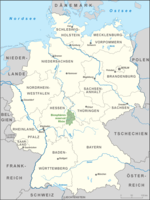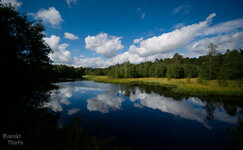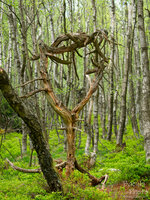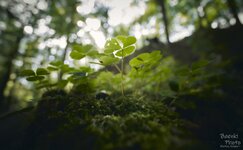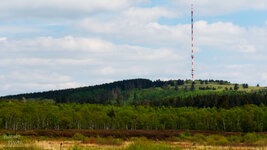Hey everyone!!!
As I am lucky to live inside a UNESCO Biosphere Reserve, I thought I would share some spots and impressions from there and give an overview of the region. As most of the pictures I take don't fit the macro bill, I will dedicate this thread to them. Here I'll do different posts, showcasing individual locations, flora and fauna I photograph and other interesting stuff. This first post I'll treat as an overview of the individual posts, which I will link in the following...
Table of Contents:
0. The Rhön - an overview
1. Locations
- Rotes Moor (bog) and Heidelstein mountain
2. Flora and Fauna
Enjoy!!!
I'll update this thread as I visit new spots and take more pictures.
As I am lucky to live inside a UNESCO Biosphere Reserve, I thought I would share some spots and impressions from there and give an overview of the region. As most of the pictures I take don't fit the macro bill, I will dedicate this thread to them. Here I'll do different posts, showcasing individual locations, flora and fauna I photograph and other interesting stuff. This first post I'll treat as an overview of the individual posts, which I will link in the following...
Table of Contents:
0. The Rhön - an overview
1. Locations
- Rotes Moor (bog) and Heidelstein mountain
2. Flora and Fauna
Enjoy!!!
I'll update this thread as I visit new spots and take more pictures.
Last edited:

